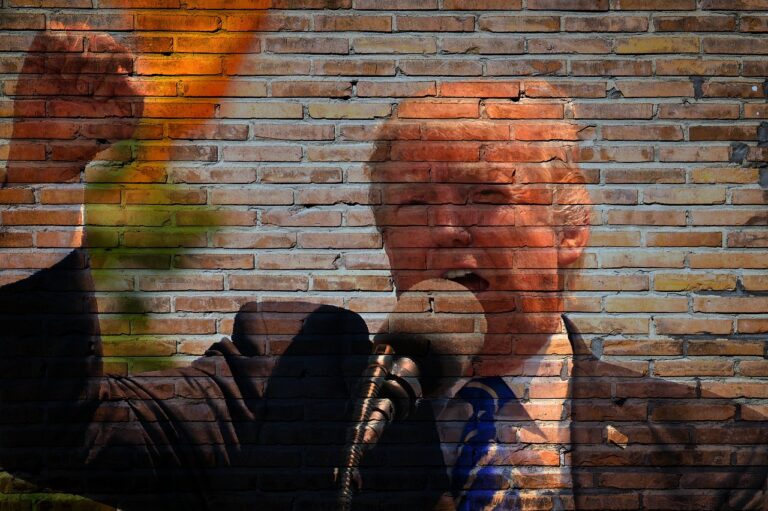Former U.S. President Donald Trump has attributed his firm opposition to Central Bank Digital Currencies (CBDCs) in the U.S. to the economic vision of Vivek Ramaswamy.
This revelation came during Trump’s campaign stop in Laconia, New Hampshire, where he reiterated his stance against the federal government issuing a digital dollar. Yesterday, during his speech at this rally, Trump said:
“Vivek wanted this: I will never allow the creation of a Central Bank Digital Currency.”
Trump’s warnings regarding CBDCs align with his broader economic and political agenda, resonating with his conservative base. He has consistently emphasized the potential risks associated with a government-issued digital currency, framing it as a “dangerous threat to freedom.”
Trump argues that a CBDC would grant the federal government unprecedented control over individual finances, echoing concerns about government overreach and the potential for seizing personal funds without consent.
This stance on CBDCs, a digital form of a country’s fiat currency like the dollar or euro, reflects a growing debate within the financial and political realms. While CBDCs are centralized and regulated by national central banks and are seen by proponents as a means to enhance transaction efficiency and aid in fraud detection, opponents fear increased government surveillance and control over financial transactions.
The political context of Trump’s opposition to CBDCs is significant, especially considering the recent suspension of Ron DeSantis’ campaign and his endorsement of Trump. With key Republican figures like DeSantis and Ramaswamy stepping back, and Nikki Haley not focusing on crypto, the prominence of digital assets in the 2024 U.S. presidential race seems to be waning. However, Trump’s repeated mentions of CBDCs keep the topic intermittently in the spotlight.
In his economic agenda, Trump is positioning his policies to attract working-class support, leveraging the ethos of states like New Hampshire that favor small government. His advisors have indicated a potential shift in his tax policy, focusing more on making individual tax cuts permanent rather than lowering corporate tax rates.
The Federal Reserve has been exploring the concept of a Central Bank Digital Currency (CBDC) but had not made a definitive decision on implementing one. In January 2022, the Federal Reserve released a discussion paper (titled “Money and Payments: The U.S.Dollar in the Age of Digital Transformation”) that examined the potential benefits and risks of CBDCs in the United States. This paper was intended to solicit public and expert opinion on the matter.
The key points of consideration in the Federal Reserve’s exploration included:
- Financial Inclusion: Assessing how a CBDC could potentially provide a safe, digital payment option for households and businesses, especially for those underserved by the current banking system.
- Safety and Efficiency: Evaluating whether a CBDC could improve the safety and efficiency of the U.S. payment system, particularly in the context of rapid technological advancements and the evolving payment landscape.
- Domestic and International Implications: Considering the implications of a CBDC on the U.S. financial system and its position in the global economy, including the potential impact on monetary policy and financial stability.
- Privacy and Security: Addressing concerns related to privacy and security, ensuring that a potential CBDC would protect user data while also safeguarding against illicit activities.
- Collaboration with Private Sector: Understanding the role of the private sector in a CBDC system and how it could complement existing forms of money and payment options.
The Federal Reserve emphasized that it would proceed with a CBDC only with clear support from the executive branch and Congress, ideally in the form of a specific authorizing law. The Fed also stated that it would not proceed with a CBDC without broad public and stakeholder support.
Featured Image via Pixabay









